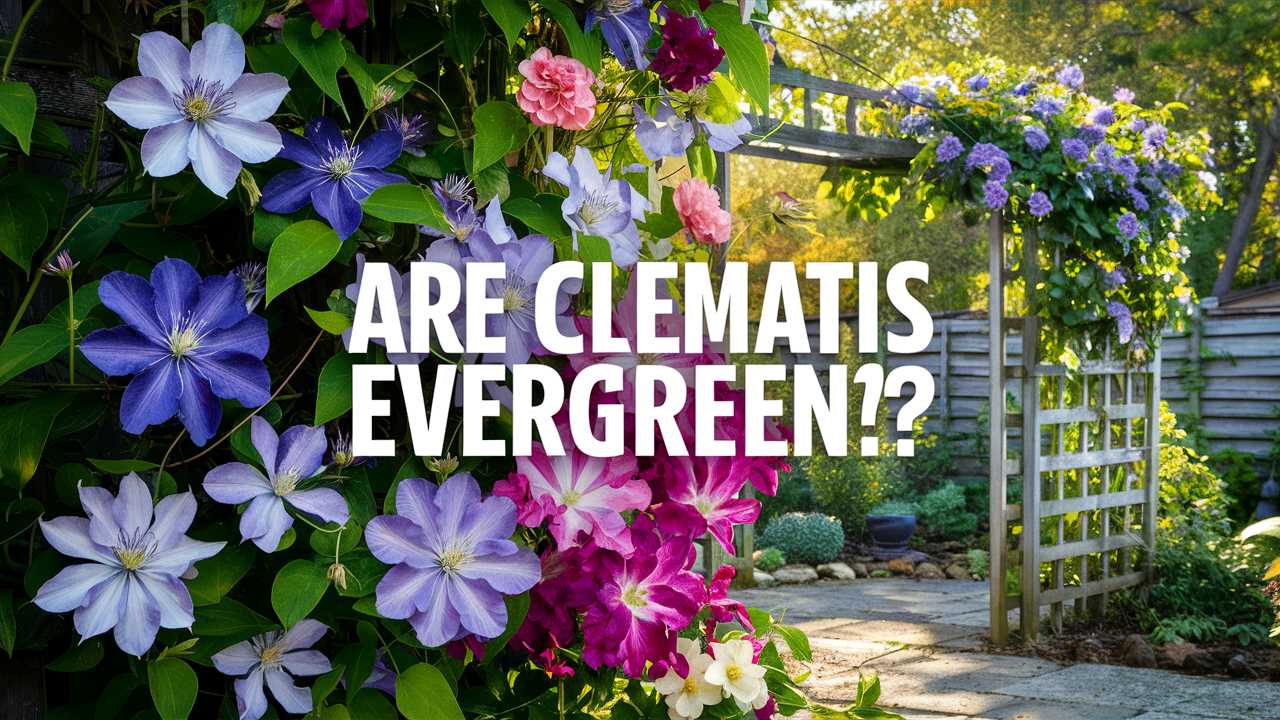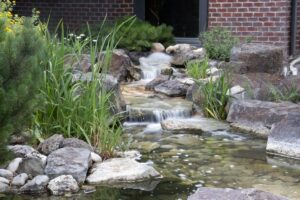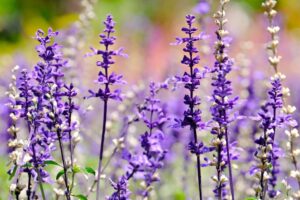n this guide, we’ll dig into the characteristics of clematis, the different types available, their growth habits, and whether or not they retain their foliage throughout the year.
Are Clematis Evergreen Plants?
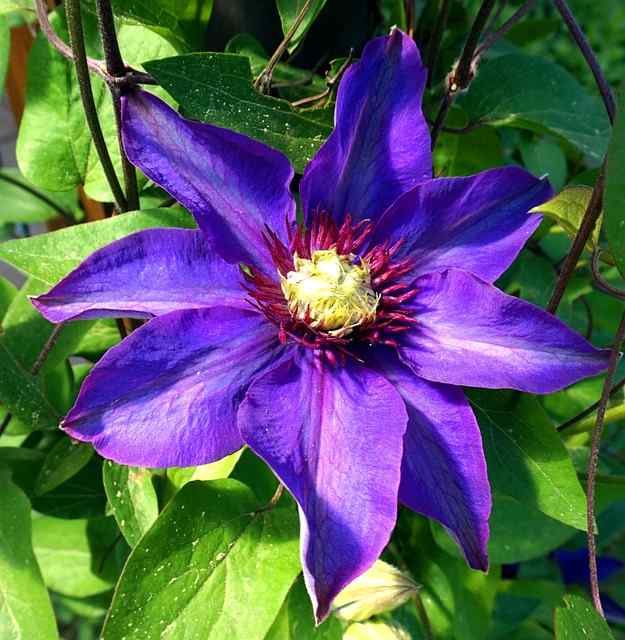
In short, the answer to whether clematis are evergreen is both yes and no. The classification of clematis as evergreen or deciduous depends largely on the species or variety in question and the climate in which they are grown.
Types of Clematis
The vast array of clematis species can be categorized into two main groups: the evergreen types and the deciduous types.
Evergreen Clematis
Certain species of clematis maintain their leaves throughout the year, especially in warmer climates. Some of the most notable evergreen varieties include:
Clematis armandii: This species features glossy, dark green leaves and fragrant white flowers in spring. Its evergreen nature allows it to provide year-round green coverage.
Clematis cirrhosa: Known for its beautiful, bell-shaped flowers, this clematis also retains its leaves in mild climates. It can be a charming addition to gardens where winters are not too harsh.
These evergreen types prove to be hardy gardeners in milder environments, providing a lush backdrop even in winter.
Deciduous Clematis
On the other hand, many popular varieties, such as Clematis jackmanii and Clematis viticella, are deciduous. These species lose their leaves in the fall, often showcasing beautiful flowers in summer. Though these clematis may stand bare during the cold months, their regrowth in spring is nothing short of spectacular.
Complicating Factors: Local Climate and Conditions
The climate in which clematis are grown can significantly affect their growth and behavior. In warmer climates, even deciduous clematis may retain some foliage throughout the winter. Conversely, in regions with colder winters, it’s common for even evergreen varieties to lose much of their foliage when temperatures plummet. Understanding local microclimates can provide gardeners with vital information about what to expect with their plants.
Caring for Clematis: Tips for Evergreen and Deciduous Varieties
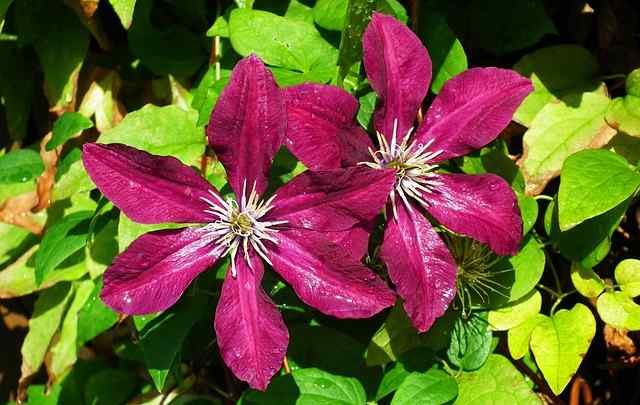
Now that we’ve addressed the evergreen versus deciduous debate, it’s important to consider care practices for both types. Whether gardening in a warm or cool climate, the essential needs of clematis remain similar, focusing on soil health, moisture levels, and sunlight.
Soil Requirements
Clematis thrive best in well-draining soil rich in organic matter. For evergreen types, aim for slightly acidic to neutral pH levels. Soil amendments like compost or well-rotted manure can improve drainage while adding vital nutrients. For deciduous varieties, maintaining moisture without waterlogging is key. Amending the soil with perlite or sand can help achieve the right balance.
Watering Wisely
Watering is critical, particularly in the early stages of growth. Both evergreen and deciduous clematis prefer moist soil but not overly saturated conditions. A deep watering weekly allows the roots to establish effectively. During dry spells or hotter weather, additional watering may be necessary to keep the plants healthy.
Sunlight Needs
Clematis generally enjoys full sun but also benefits from some shade during the hottest part of the day. Evergreen clematis, such as Clematis armandii, can tolerate full sun more readily than some deciduous species. Alternatively, placing these varieties in slightly shadier areas can prevent the leaves from scorching, especially in hotter climates.
Pruning Techniques
Pruning is essential for maintaining healthy growth and encouraging blooms. Different clematis varieties have distinct pruning requirements:
Group 1: Evergreen varieties like Clematis armandii typically require minimal pruning, focusing mainly on removing dead or damaged foliage.
Group 2: These include many early-flowering varieties. They may be pruned after flowering, removing spent blooms and shaping the plant.
Group 3: Deciduous types will benefit from a more rigorous pruning in late winter or early spring, encouraging new growth. Aim to cut back these varieties to about one foot from the ground.
Complications and Challenges with Evergreen Clematis

While evergreen clematis can be a lush addition to your garden, they may come with their own unique set of challenges. Knowing how to overcome these obstacles will ensure your plants remain healthy and vibrant.
Pest Management
Like many climbing plants, evergreen clematis can be susceptible to pests such as aphids, spider mites, and slugs. Regular inspection is crucial. Applying insecticidal soap or neem oil can help manage infestations, while introducing beneficial insects like ladybugs can naturally combat pest populations.
Diseases and Fungal Issues
Fungal diseases can affect clematis, especially when humidity levels are high. Root rot is a common concern, particularly if the roots sit in overly wet soil. Keeping an eye on watering practices can go a long way in preventing such issues.
In addition, it’s important to ensure adequate air circulation through strategic pruning. This will also help reduce the risk of mildew, which can be detrimental to both evergreen and deciduous varieties.
Winter Protection
For evergreen varieties, especially in cooler climates, frost damage can pose a risk. Providing winter protection through mulch or frost blankets can help shield the plant from severe cold conditions. Conversely, in warmer areas, cleaning up dead leaves and debris in the fall will encourage healthy growth come spring.
Making the Right Choice for Your Garden
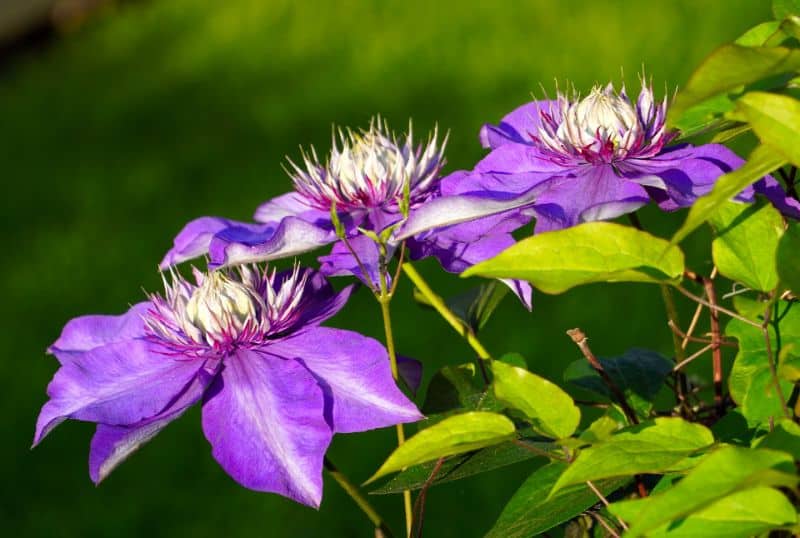
When considering planting clematis in your garden, it’s crucial to evaluate your local climate conditions and the aesthetic goals you wish to achieve.
Choosing Between Evergreen and Deciduous Clematis
If you are looking for year-round greenery and vibrant flowers, evergreen clematis varieties may be the best fit. Their lush foliage will provide a beautiful backdrop for other garden elements and create a more secluded space.
On the other hand, if you live in an area with cold winters or have preferences for seasonal change with beautiful blooms in summer, deciduous clematis may be more appealing. The annual cycle of growth, rest, and renewal offers a unique beauty that comes with seasonal changes.
Personal Preferences and Garden Goals
Think about your overarching goals as a gardener. Do you prioritize low-maintenance greenery for winter? Or are you invested in effectively managing seasonal transformations in color and ecological diversity? Your answers will guide your choice between evergreen and deciduous clematis.


